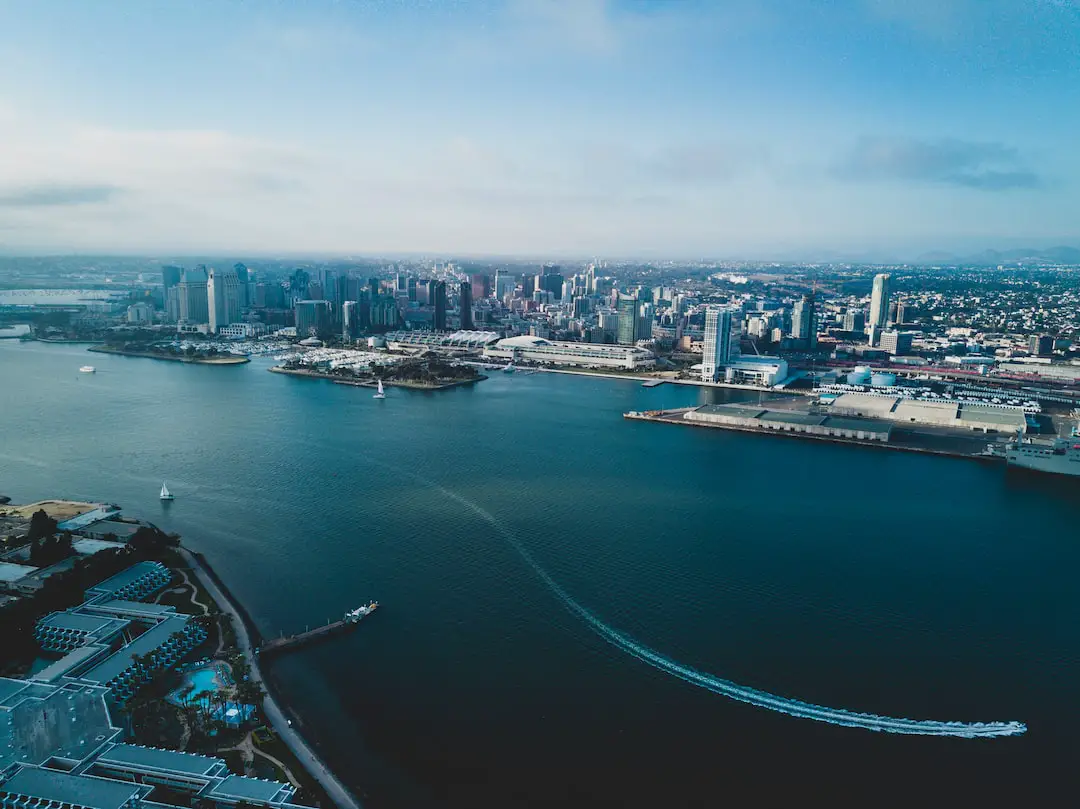
San Diego’s skyline tells a story, one that’s etched into every cornice, column, and Crest of its diverse buildings. As a city that’s grown from a sleepy Spanish Mission into a bustling modern metropolis, its architecture is a tapestry of history, innovation, and cultural fusion. Let’s take a stroll down memory lane and explore how the architectural landscape of San Diego has evolved from its past to the present.
The Spanish Colonial Beginnings
It all started with the Spanish influence. The early 18th century brought about the Mission San Diego de Alcalá, the birthplace of California’s Christianity. This mission-style architecture, characterized by its white stucco walls and red tile roofs, set the tone for the city’s early development. The simplicity and functionality of these structures were a response to the local climate and available materials.
Victorian Grandeur and the Gaslamp Quarter
Fast forward to the late 19th century, and you’d find yourself amidst the Victorian splendor of the Gaslamp Quarter. Ornate, highly decorative buildings began to pop up, showcasing San Diego’s growing wealth and sophistication. The Horton Grand Hotel, with its grandiose façade and elegant interiors, remains a testament to this era’s architectural ambition.
The 20th Century: Modernism Takes Hold
As the 20th century rolled in, so did modernism. Architects like Irving Gill introduced the city to clean lines and functional design, stripping away unnecessary ornamentation. His work, including the Marston House and La Jolla Women’s Club, embraced a more minimalist approach, which was quite revolutionary at the time.
Mid-Century Modern and the California Dream
Mid-century modern architecture, with its emphasis on indoor-outdoor living, was a perfect match for San Diego’s sunny disposition. The post-war era saw a boom in this architectural style, characterized by open floor plans, large windows, and integration with nature. It was all about bringing that California dream to life, one sleek, airy home at a time.
Brutalism and the Quest for Civic Identity
In the 1960s and 1970s, brutalism made its mark on San Diego’s public buildings. The raw concrete of the Geisel Library at UC San Diego, for example, is both imposing and intriguing. This architectural style reflected the city’s desire for a strong civic identity, one that was modern and forward-thinking.
Postmodernism and Historical Revival
As the 20th century waned, postmodernism brought a playful mix of styles and a nod to the past. The Horton Plaza shopping center, with its bright colors, whimsical shapes, and historical references, became a symbol of this eclectic era. It was a time when architects weren’t afraid to mix the old with the new, creating something entirely unique.
21st Century: Sustainability and Smart Design
Today, San Diego’s architecture is all about sustainability and smart design. Buildings like the San Diego Central Library, with its striking dome and environmentally conscious features, embody the city’s commitment to green building practices. The focus is on creating spaces that are not only beautiful but also kind to our planet.
FAQs
- What is the most iconic example of Spanish Colonial architecture in San Diego?
The Mission San Diego de Alcalá is the quintessential example of Spanish Colonial architecture in the city, marking the beginning of California’s religious history.
- How has San Diego’s architecture adapted to its climate?
San Diego’s architecture has always been influenced by its mild climate, with designs that promote indoor-outdoor living, natural ventilation, and the use of local materials to regulate temperature.
- What are some sustainable features common in San Diego’s modern architecture?
Modern buildings in San Diego often incorporate solar panels, green roofs, natural lighting, and water-saving fixtures to minimize environmental impact.
Conclusion
San Diego’s architecture is a rich mosaic, reflecting its cultural shifts and technological advancements. From the Spanish missions to the modern green buildings, each era has contributed to the city’s architectural identity. Today, San Diego continues to embrace innovation while honoring its past, creating a built environment that’s as dynamic as its people. As we look to the future, we can expect this city to remain at the forefront of design, sustainability, and architectural excellence.
By understanding the evolution of San Diego’s architecture, we gain insight into the city’s history and its aspirations. It’s a journey through time, where each building has a story to tell, and each style represents a chapter in the city’s development. Whether you’re a real estate investor, a homeowner, or simply an architecture enthusiast, San Diego’s diverse buildings offer a fascinating glimpse into the past and a vision of the future.